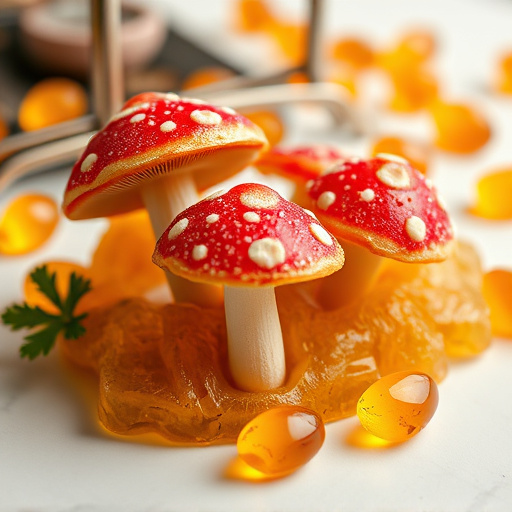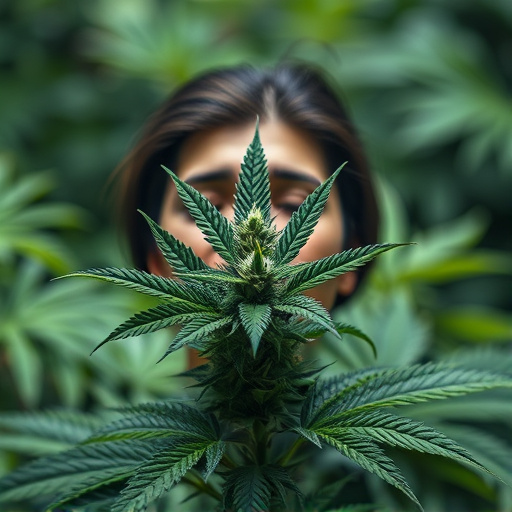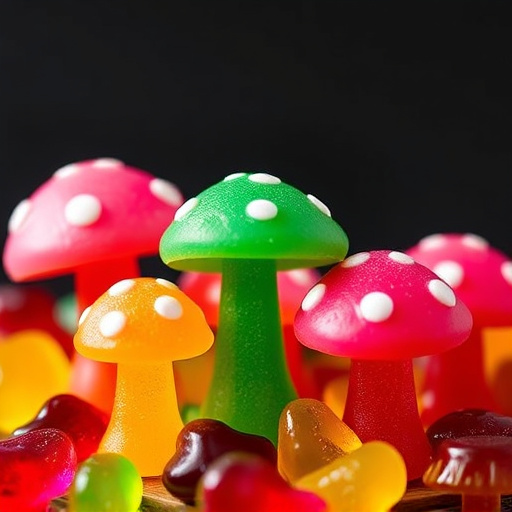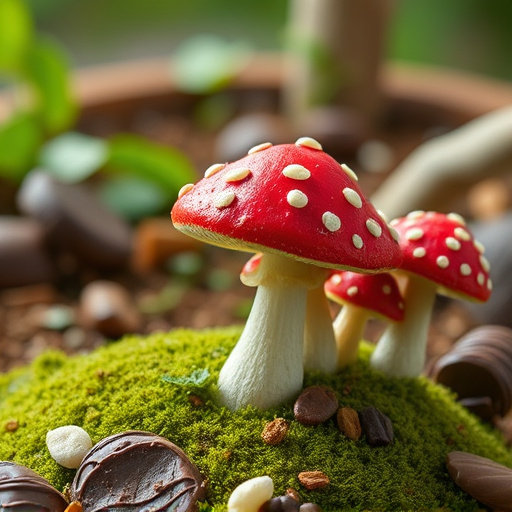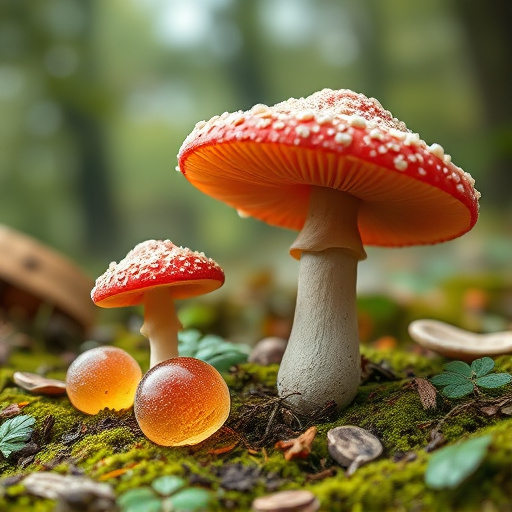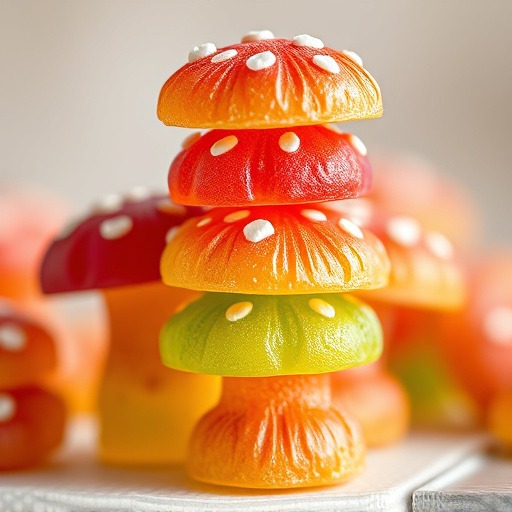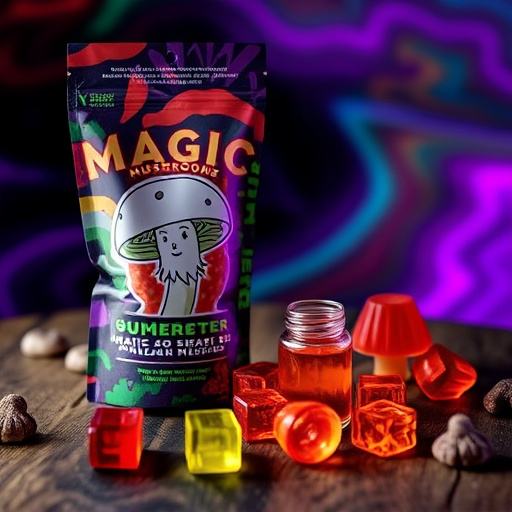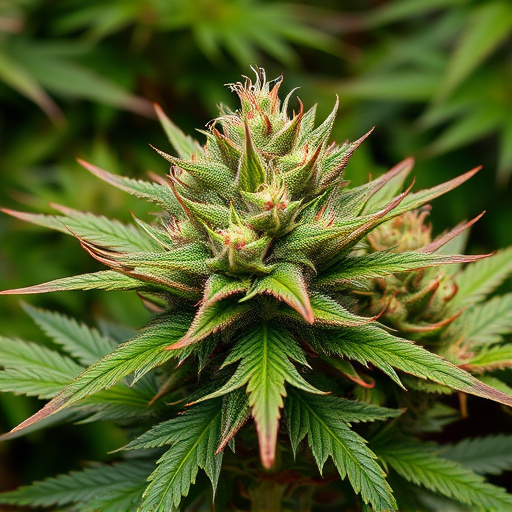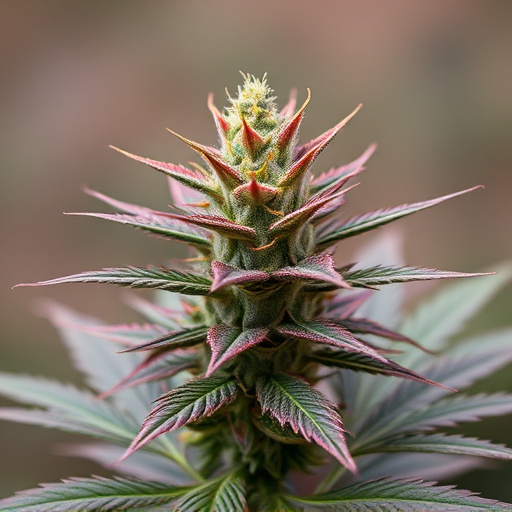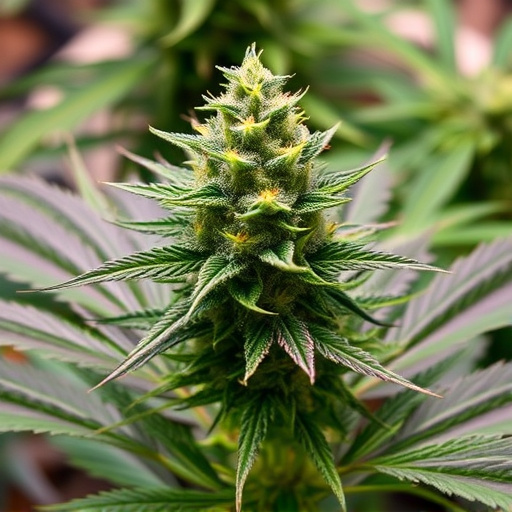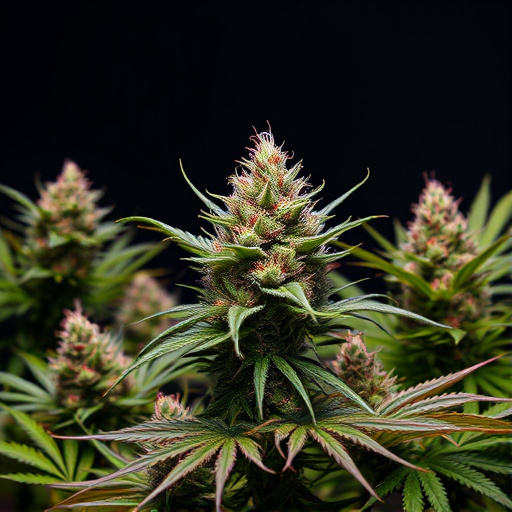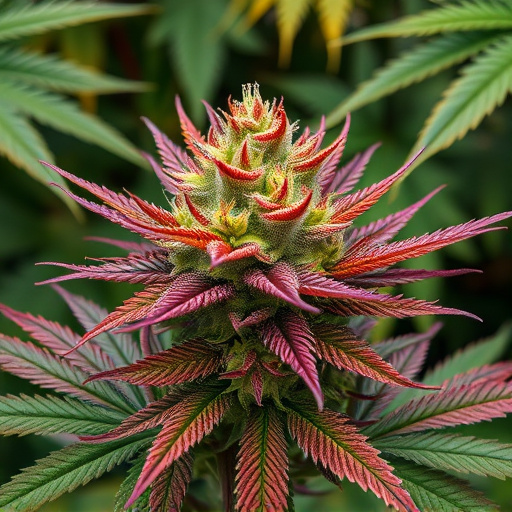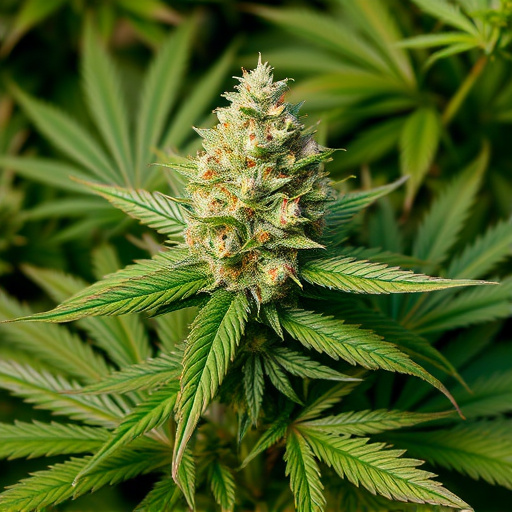Sun-grown cannabis, leveraging natural sunlight and environmental conditions, cultivates diverse and potent exotic marijuana strains with unique terpene profiles, robust root systems, and reduced environmental impact. Indoor cultivation offers controlled environments for precise monitoring of temperature, humidity, and light spectrum, ensuring consistent yields and higher potencies but may produce less terpene diversity. The debate centers on balancing natural benefits with control, as indoor methods safeguard delicate exotic marijuana strains while sun-grown provides unique flavors and higher CBD levels.
Explore the vibrant world of cannabis cultivation with our in-depth look at sun-grown versus indoor cannabis. Discover the unique advantages and challenges of each method, from the earthy allure of outdoor-grown exotic marijuana strains to the precision-controlled environments of indoor cultivation. Weigh the pros and cons to make informed decisions about your preferred cannabis experience. Dive into this comprehensive guide to uncover the secrets behind these two dominant growing methods.
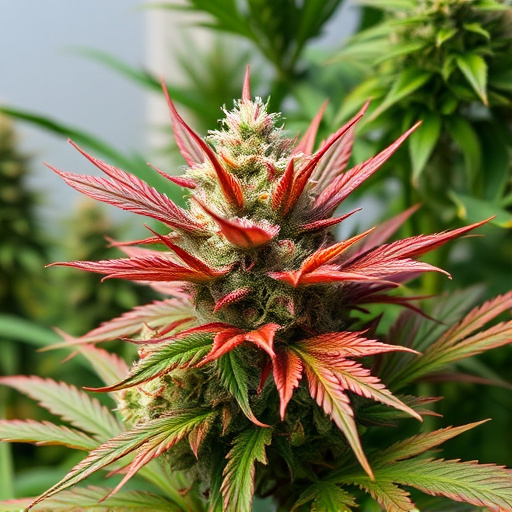
Sun-grown cannabis, as the name suggests, is cultivated outdoors, leveraging natural sunlight and environmental conditions. This method offers several advantages. For one, it can produce exotic marijuana strains with unique terpene profiles and potent THC levels, appealing to both medicinal users seeking specific effects and recreational enthusiasts looking for diverse experiences. Additionally, sun-grown plants tend to develop robust root systems, enhancing their overall health and resilience against pests and diseases. The lack of artificial inputs also makes sun-grown cannabis more environmentally friendly.
In contrast, indoor cultivation provides greater control over environmental factors such as light spectrum, temperature, humidity, and nutrition. This allows growers to optimize conditions for specific strain characteristics and yield higher production per square foot. Moreover, indoor farms can operate year-round regardless of weather conditions, ensuring a consistent supply. While these advantages are significant, indoor cannabis might lack the diverse terpene profiles and potent effects sometimes found in sun-grown exotic marijuana strains.
API responded with status code 524.

The debate between sun-grown and indoor cannabis cultivation has long been a topic of interest for enthusiasts and cultivators alike, especially when it comes to exotic marijuana strains. Sun-grown cannabis, cultivated outdoors under natural sunlight, offers a unique set of advantages. It allows for a more diverse range of terpene profiles, often resulting in distinct flavors and aromas that captivate users. Additionally, outdoor cultivation can lead to higher CBD levels, which is increasingly sought after for its potential therapeutic benefits.
However, indoor growing has its own set of merits. Controlled environments enable cultivators to closely monitor and optimize various factors like temperature, humidity, and light spectrum, fostering ideal conditions for specific exotic strains. This precision can result in more consistent yields with enhanced potencies. Furthermore, indoor cultivation often avoids the challenges posed by unpredictable weather conditions and pests, ensuring a more stable supply of high-quality cannabis, particularly for rare and exotic marijuana strains known for their delicate nature.
When deciding between sun-grown and indoor cannabis, considering the unique characteristics of each cultivation method is key. Sun-grown cannabis thrives in outdoor environments, offering a natural, organic approach with distinct flavors and aromas, but it’s more susceptible to environmental factors. Indoor cultivation provides controlled conditions, enabling the cultivation of exotic marijuana strains with precise optimizations for strength and yield, yet it may lack the earthy nuances achieved outdoors. Ultimately, the choice depends on personal preference and the desired cannabis experience, whether it be a natural outdoor high or a refined indoor strain.
